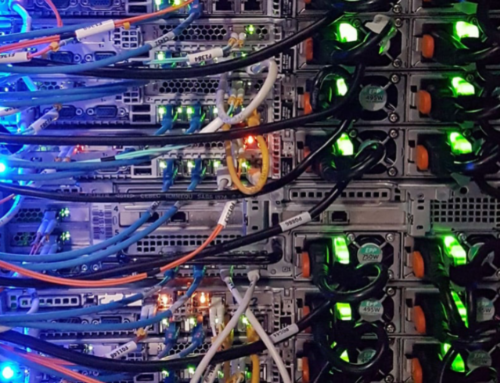Environmental hazards are multiplying at a dramatic rate due to global warming, with a host of new risks awaiting cities that haven’t yet been affected by the crisis. Data centers will need to adapt to their imminent, chaotic future.
Storms and Flooding
Moving data centers further inland is an option within the limits of your latency requirements, but the structure of your center can be rebuilt to withstand even an F5 tornado. Cement and steel are never enough, though. People are your best defense against extreme weather, provided they’re trained to carry out strategically planned standard operating procedures.
Exterior Support
The biggest mechanical risk facing data centers is the damage done outside their walls. Perimeter technology and surrounding offices require reinforcement. Insulation must support interior cooling, and recovery clouds need to be added to cope with any potential data loss.
Security
Redundant network infrastructure must be tested and maintained before climate-related chaos strikes. Carrier connectivity is equally important. UPSs and standby generators are simple ways to carry your center through any unexpected structural failings. They’re certainly far more effective than tape backups, if only because they don’t have to be transported through flooded areas.
Heat
Areas affected by warmer climates face an entirely different set of challenges. Powerful cooling strategies are needed to replace the standard cooling systems in use today. Ordinary technology won’t do the job well enough, and it relies too heavily on water that’s often in short supply. Evaporative adiabatic systems are heavy on resources, so cooling should be built into every aspect of design, from server rack placement to containment.
Simple power efficiency is no longer enough to combat climate change. Extreme weather is already an ordinary part of day to day life, and data centers must adapt to tolerate it. Contact LDP Associates Inc. for a data center than can withstand nature’s powerful forces.






